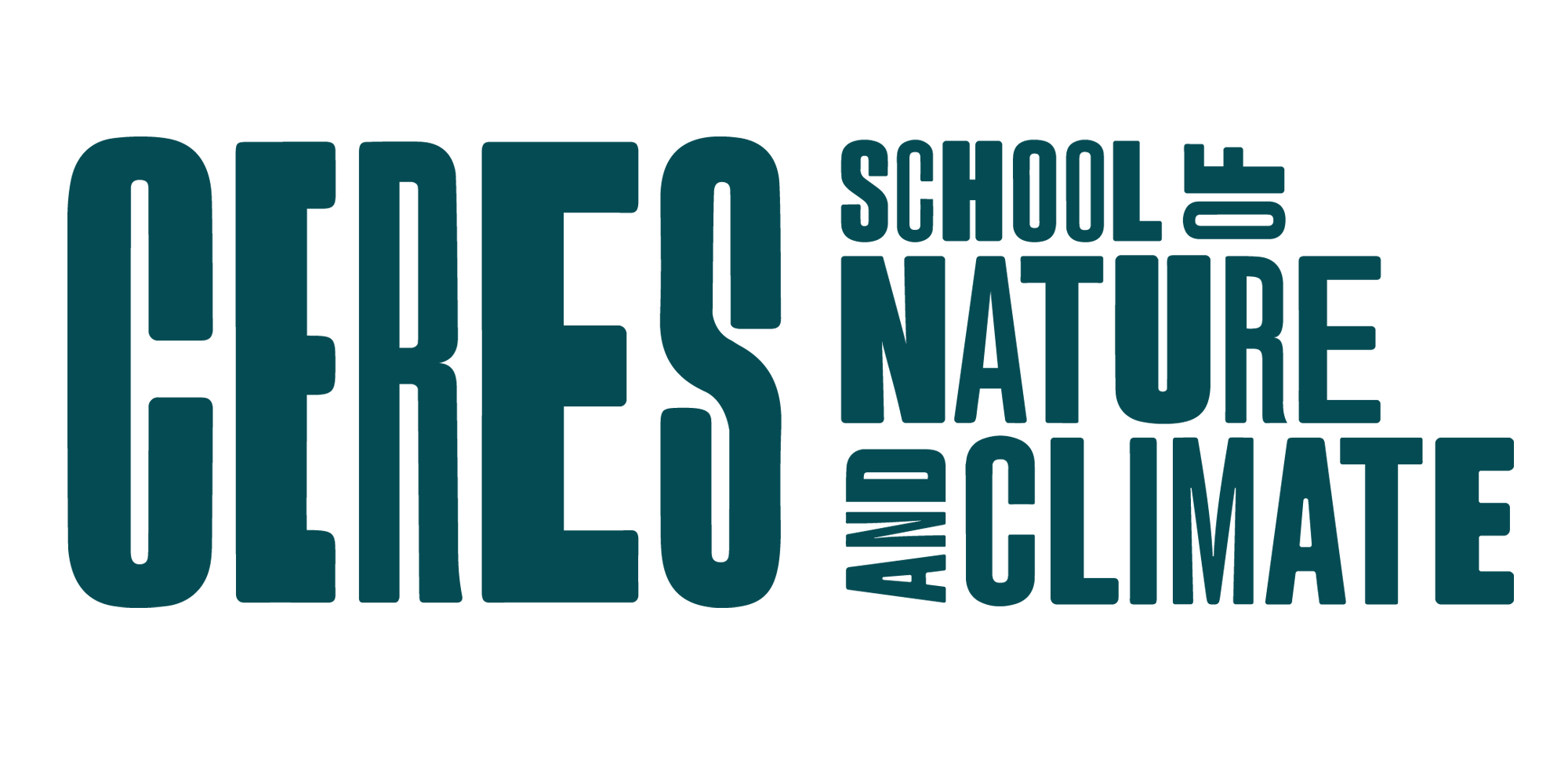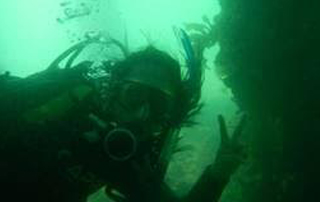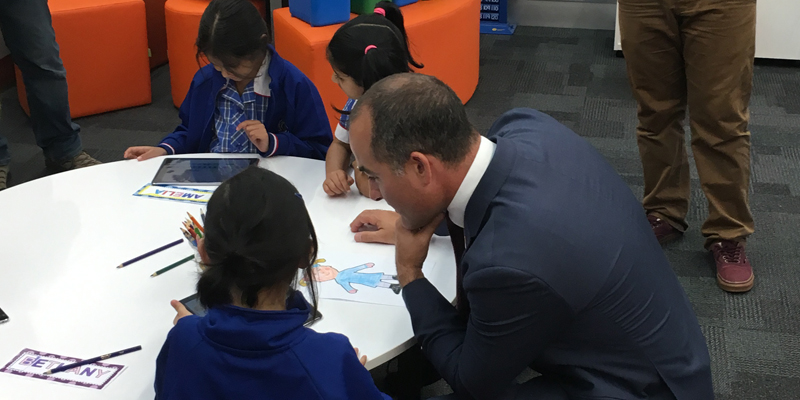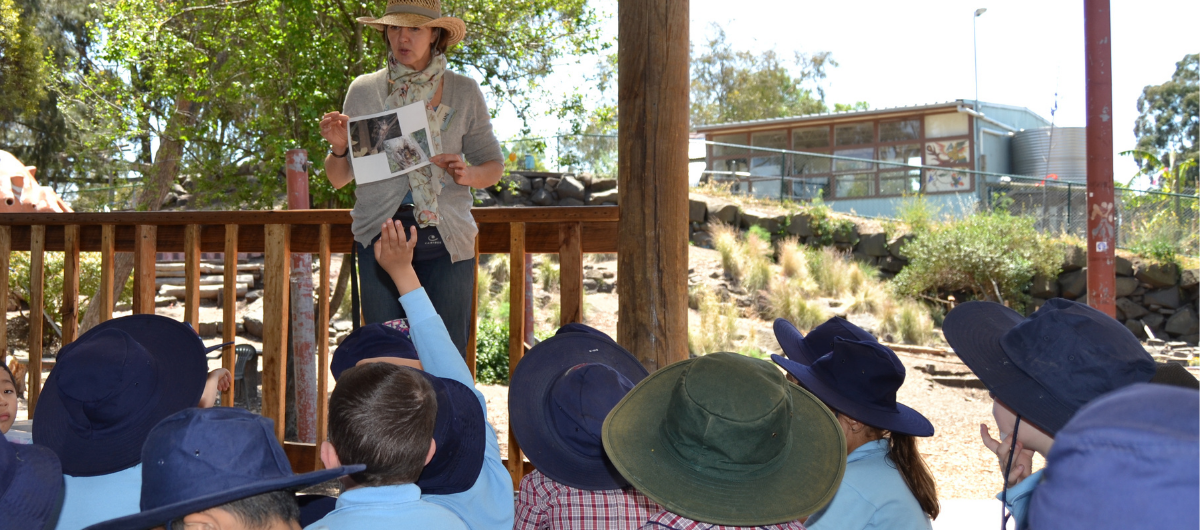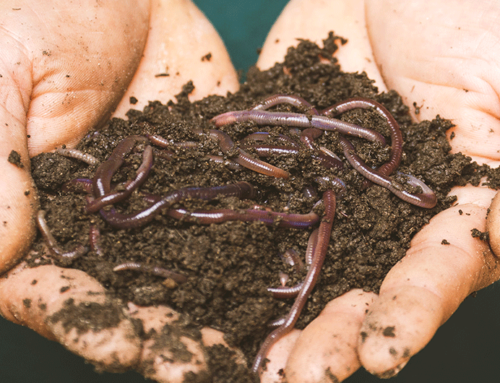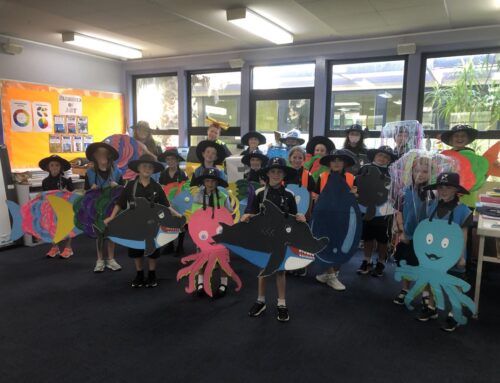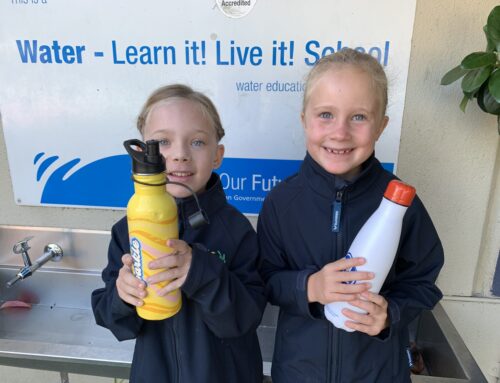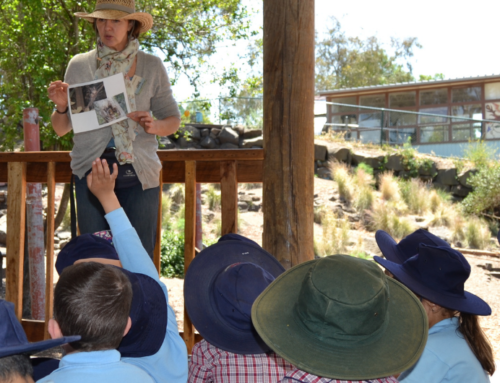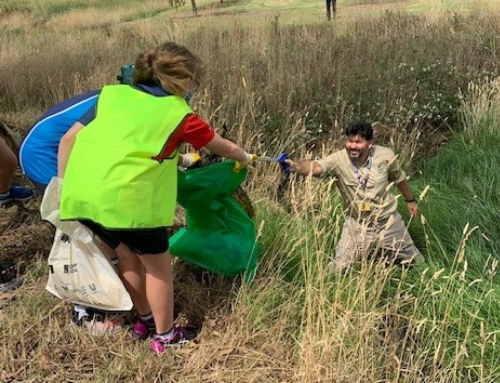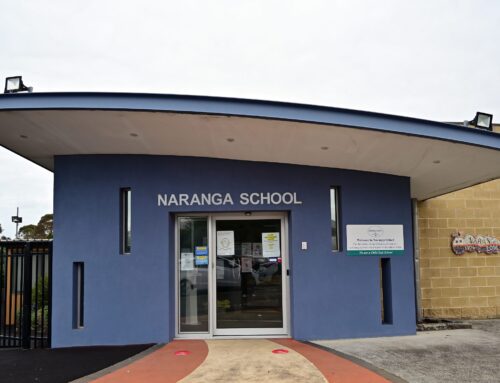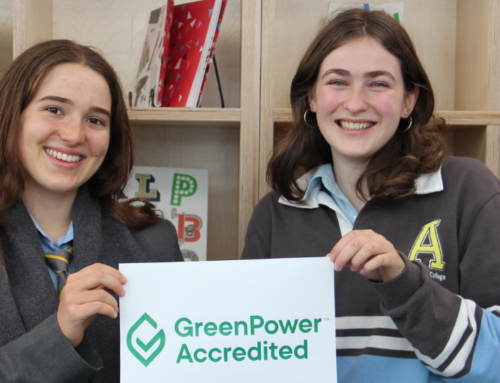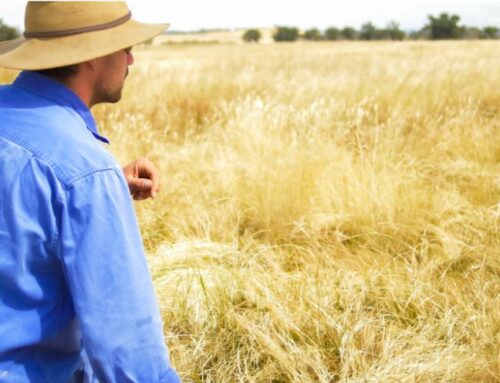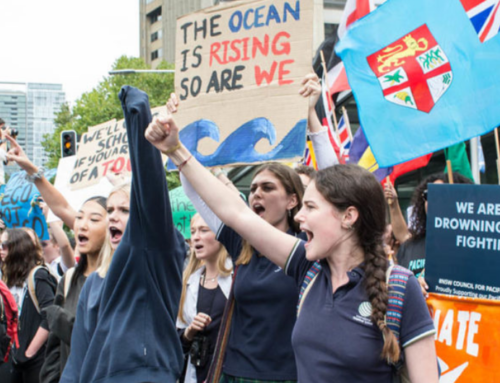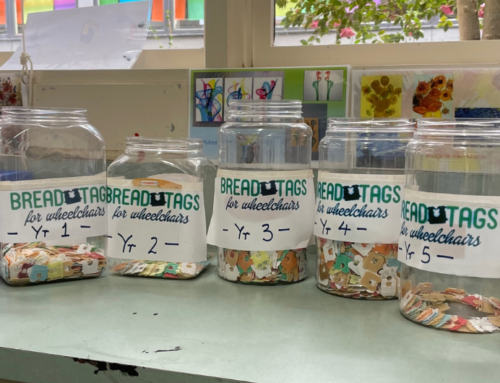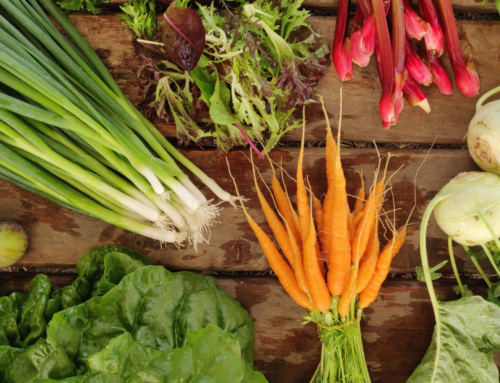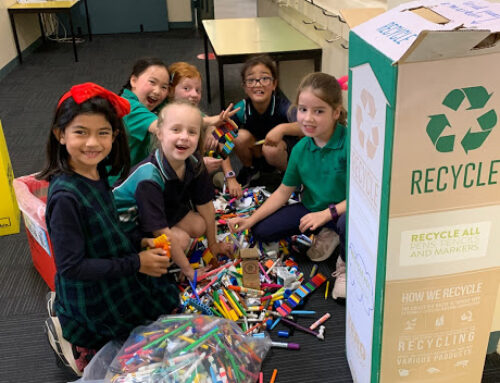By Alex Hoffman
Outreach Educator
“I’ll let you in on a little secret” I confide to the grade 2 students, who are sitting wide-eyed and open-minded in front of me, “though this is the sort of secret I’d want you to blab to everyone.” Some students look relieved. I’m sure they’re not able to keep a secret. We’re at CERES Environment Park sitting outside in our gardens surrounded by leafy vegetables and fruit trees, complete with various worm compost bins. It’s a sunny day and the students who are visiting the park on a school excursion are brimming with energy. I continue on, “there is no such thing as waste in nature!” The students gasp dramatically but then look baffled. I ask them to contemplate why some trees “throw away” their leaves in autumn and why we call this material ‘leaf litter’. “Is it litter?” I ask them.
It’s a basic concept but a powerful one: waste in nature is a resource, it is useful. Human beings are the ones who have invented what we call waste and landfill material. The average Australian family generates around 821kg of landfill waste per year. A lot of these materials take hundreds, if not thousands of years to break down. Of this waste, almost half amounts to food waste, which shouldn’t be in landfill at all! The popular ABC series War on Waste has created a platform for conversation about our waste issues and exposed many sides to the problem from large-scale food production and the fashion & textiles industry to household waste and recycling know-how. Importantly though, it has called upon us to take action. While we’re a long way from replicating nature’s zero-waste resourcefulness, it is nonetheless a powerful model to recognise. It can inspire and challenge our own behaviours around consumption and waste.
Veolia Industrial Composting Facility
The CERES Outreach team recently organised their own excursions to two organisations who are redefining our relationship to waste in our neighbourhoods and city. Our first excursion took us to Veolia’s organics processing site in Dandenong South. With a vision to composting commercial and household food waste, the Veolia site was built in 1999. Almost 20 years later, they take in approximately 50,000 tons of green/food waste and produce approximately 25,000 tons of compost each year which is a considerable achievement. Not only is the final outcome a resource for agriculture, it represents organic material that has been successfully diverted from landfill. The Veolia site services a considerable number of councils for curb-side green waste, as well as receiving commercial food waste from Woolworths supermarkets, Crown Casino and the traders at Dandenong Market.
The process is impressive and efficient. Processed on a relatively small site, the carbon-rich green waste is mixed with the nitrogen-rich food waste to create a balanced ratio for the composting process. This mixture is loaded into large concrete vessels and exposed to high temperatures that break down the material over just 7-10 days. Once this process is complete, the compost is sent to a farm in central Victoria where it is left to mature over a 12 week period. The farmer either uses this material on their land, or sells a portion of it back to Veolia for distribution to other farmers.
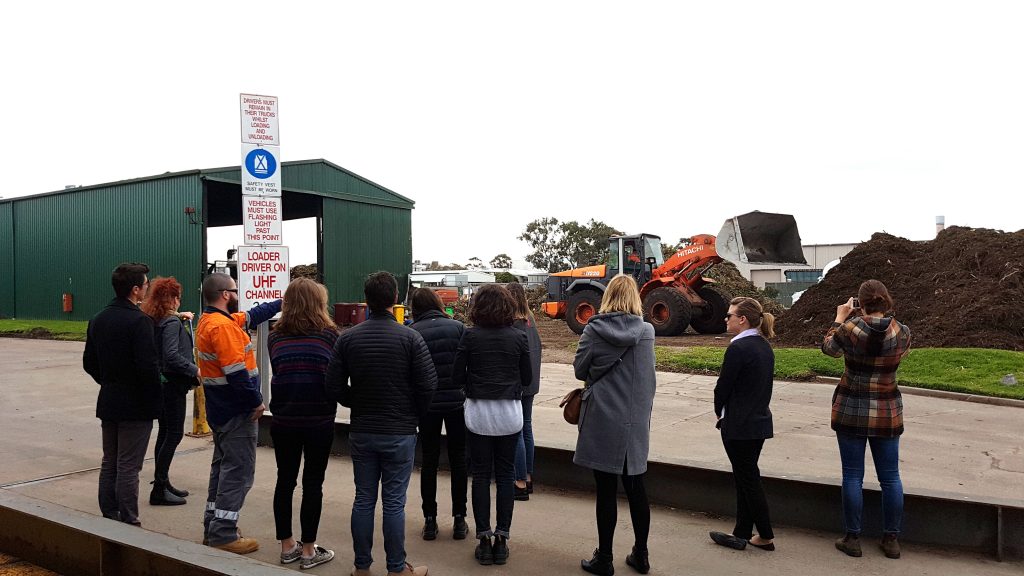

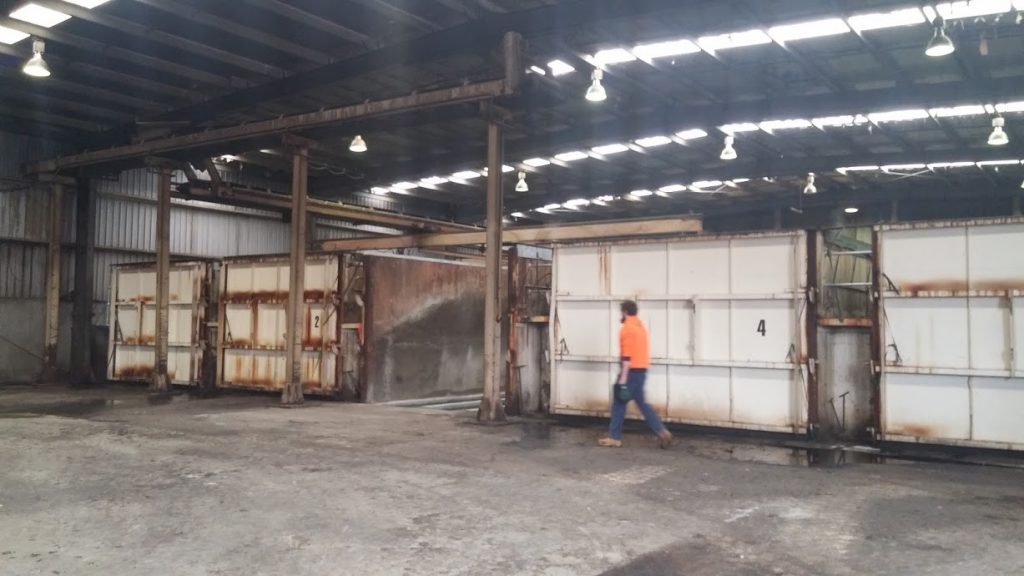
The whole system is not without its challenges though. The largest problem Veolia face in its organics processing are contaminants (usually plastic). While they sift through green waste and food waste by hand for these non-organic materials, it is neither practical nor feasible to sift through a load if the contamination is considerably high. Instead, it will be designated to landfill. The greatest contamination occurs in the food waste drop-offs as plastic packaging is not always removed from produce, or other materials have been put incorrectly into the organics bin. In curb-side green bins, dog poo in plastic bags are one of the greatest culprits. Sometimes it takes only several bins that have a high volume of plastic or other materials to contaminate a whole truck load of organic waste.
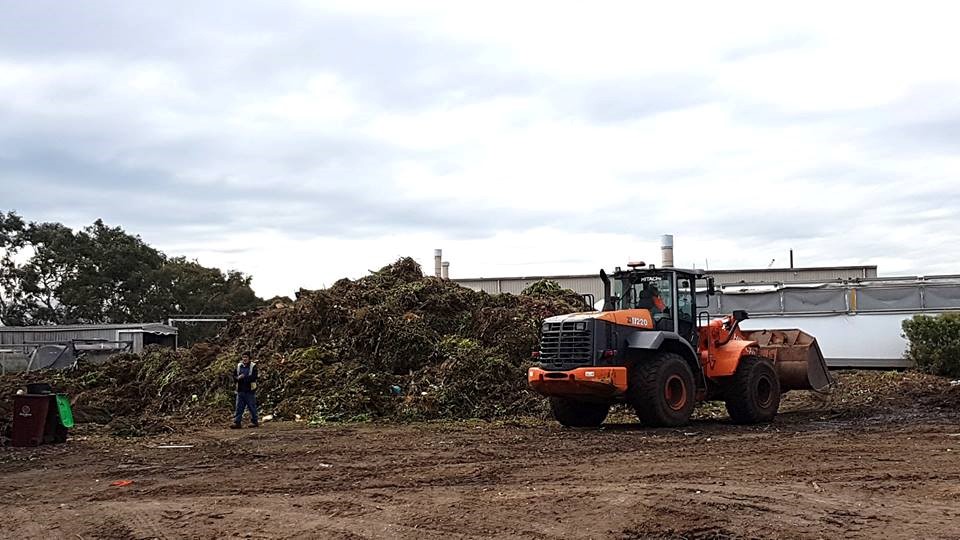
Another challenge that is faced are a suite of biodegradable packaging for nappies, plates, cutlery and plastic bags. While Veolia has trialled these materials in their vessels, most of them do not break down under this particular system as they require alternative technology and processes which are currently not a standard part of our wider Melbourne waste processing facilities. Reusable items are still the best option and an overall better solution for our environment.
The key to addressing these challenges are two-fold: education and cost incentives. The Veolia group meet regularly with the Metropolitan Waste and Resource Recovery Group alongside 11 councils to address and improve the waste systems. Councils get charged a lower rate for their green waste service if they have lower contamination. In this way, there is an effective incentive for councils to ensure residents get it right on bin night. Most councils have strong education programs around waste. Several councils are also trialling a combined green waste and food waste bin, providing residents with a food scraps bucket and encouraging them to line it with newspaper instead of plastic bags. While education is key, there are still various obstacles. Programs need to be accessible to diverse cultural communities and translated into dozens of languages. For the commercial sector, education may vary based on the individual business or organisation. When businesses have to address contamination as one of their key performance indicators, food waste contamination is consistently and considerably lower.
Degraves Street Recycling Facility
Our second excursion was to the heart of Melbourne’s CBD at the Degraves Street Recycling Facility. A popular urban hub for coffee and food, on average 100,000 people pass through each day. Prior to the establishment of the Recycling Facility in 2013 by City of Melbourne, the laneway bins were overflowing with waste materials, attracting vermin and producing a highly unpleasant odour that could be detected as far off as Flinders Street Station. It was a considerable issue for tourism and local business with up to 130 traders operating across the two-block laneway. An initial waste audit of the site found that 90% of waste materials going to landfill could be diverted. This included the 700kg of food waste and coffee grounds generated by the precinct each day!
The purpose of the Degraves Street Recycling Program was to change the waste and amenity culture in the café precinct and provide for food waste, cardboard and co-mingled recycling. There are now two recycling hubs adjacent to Degraves St that provide bins for these waste streams. The service is free to all traders and residents in the precinct. The program employs four full time staff who service businesses, picking up their bins, or collecting materials from the hubs in their electric vehicle. These bin pick-ups occur up to eight times a day and provide ample opportunity for dialogue with the local traders. Employees of the facility also conduct ‘plain-clothes’ audits to observe how traders and customers are using the bins and provide feedback. Another environmental group, All Environmental, conduct waste audits at the precinct twice a year as well as running education initiatives. The focus is always educational, never punitive. Bins are cleaned once a week by City Wide and the space is considerably cleaner and odourless. A great place to enjoy a cup of coffee!

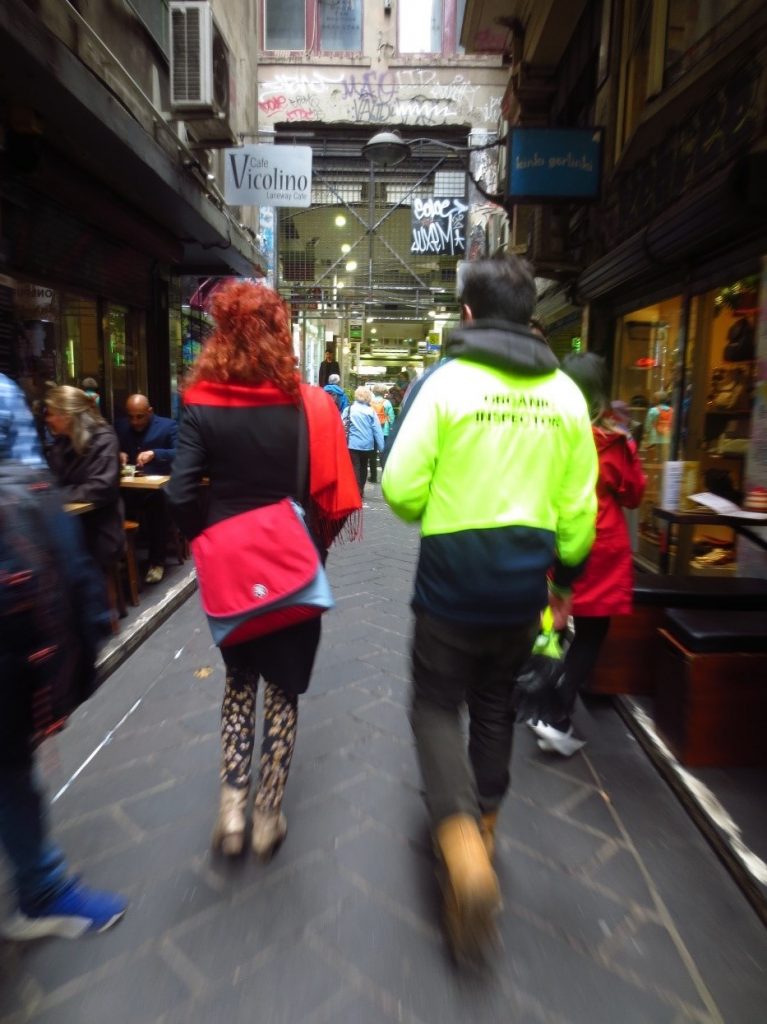
The main facility for sorting and processing materials is in the carpark of Ross House on Flinders Lane. While they process a large amount each day, the whole system takes up only 10 carpark spaces. For organic materials, the facility uses two forms of machinery, creatively named the ORCA and Gaia, and provided by Eco Guardians. These two technologies come from South Korea, a country where the dumping of food waste was banned twenty years ago. The Gaia can process 600kg of organic waste each load. It’s a 9-hour process, run twice a day, whereby organic materials are shredded and undergo a dehydration process at temperatures of around 170˚C. Each load will produce around 400kg of soil conditioner that is used by the City of Melbourne across parks and nature strips. The ORCA is a newer system that undergoes an aerobic process of digestion producing a liquid product that is then treated.
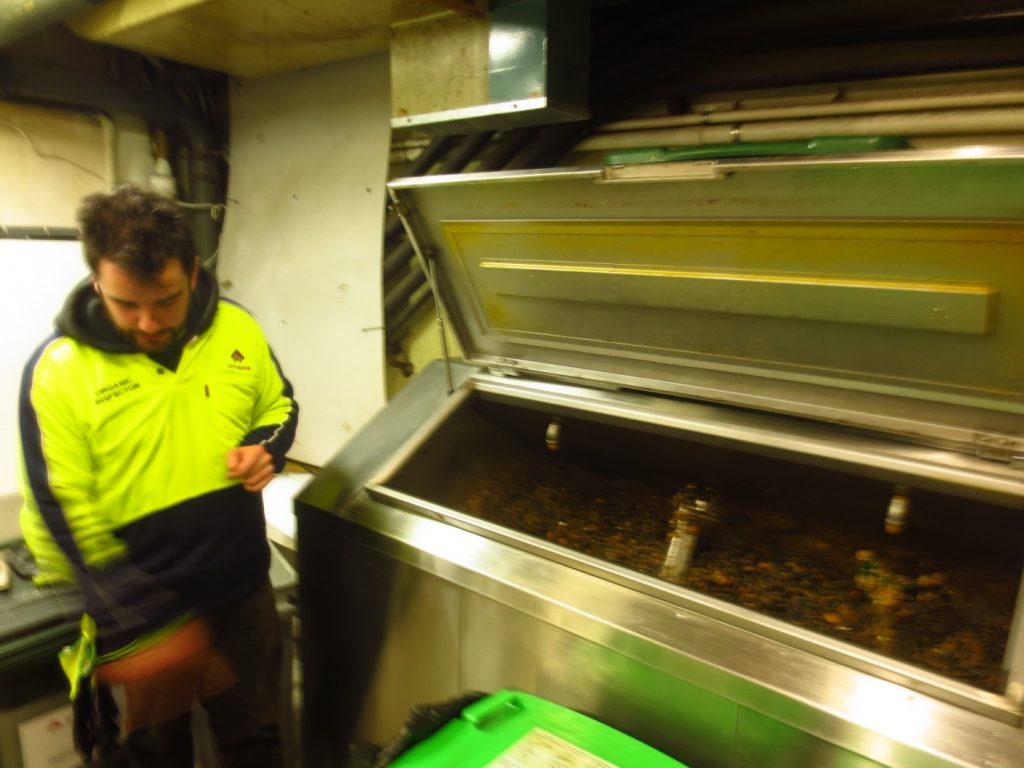
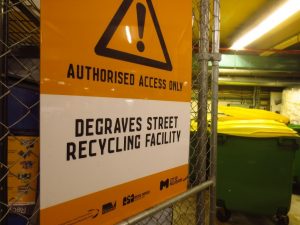
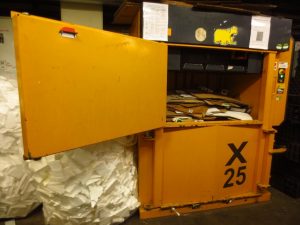
For a program that’s been running for only five years, and trialling how to process organic waste, the results are impressive. In 2016 alone, organics diverted from landfill amounted to over 136,000 kg. In the same year a combined total of over 18,000kg of cardboard and co-mingled recycling were diverted from landfill. Polystyrene is also collected and recycled by an overseas facility. These combined efforts have resulted in an overall volume reduction in landfill of 68%, which means C02 emissions are close to halved. As importantly, it has changed people’s awareness and behaviours around waste, and sets a precedent for similar waste systems across various urban sites in Melbourne.
It seems that while we face considerable issues around waste in this country, there are systems such as these that point to a shift in paradigm – one that moves away from landfill and toward valuing resources and our environment. With facilities and systems designed for best practices in organic waste processing and recycling, we are better enabled to do the right thing. Ultimately, we need to educate and innovate to design out waste in the first place, as is the case in nature. Yet as we change our own practices, and educate each other – whether through schools or a friendly conversation with a neighbour- we can hope to see increasingly different outcomes around waste compared to that of ten years ago.
If you’re interested in finding out more, both organisations run free education tours of their sites for the public, organisations and schools. Local businesses in the CBD are also invited to drop off food waste, or have them picked up where possible, and processed by the Degraves Street Recycling Facility.

